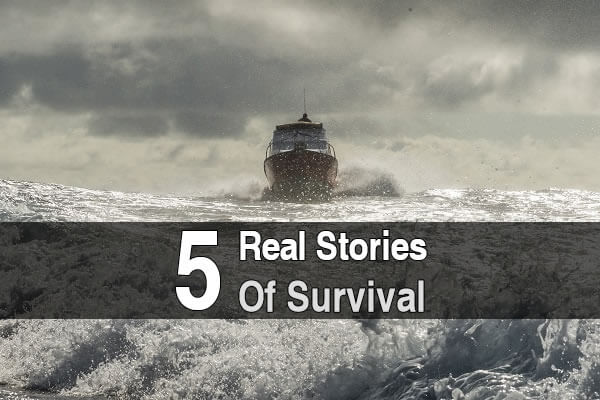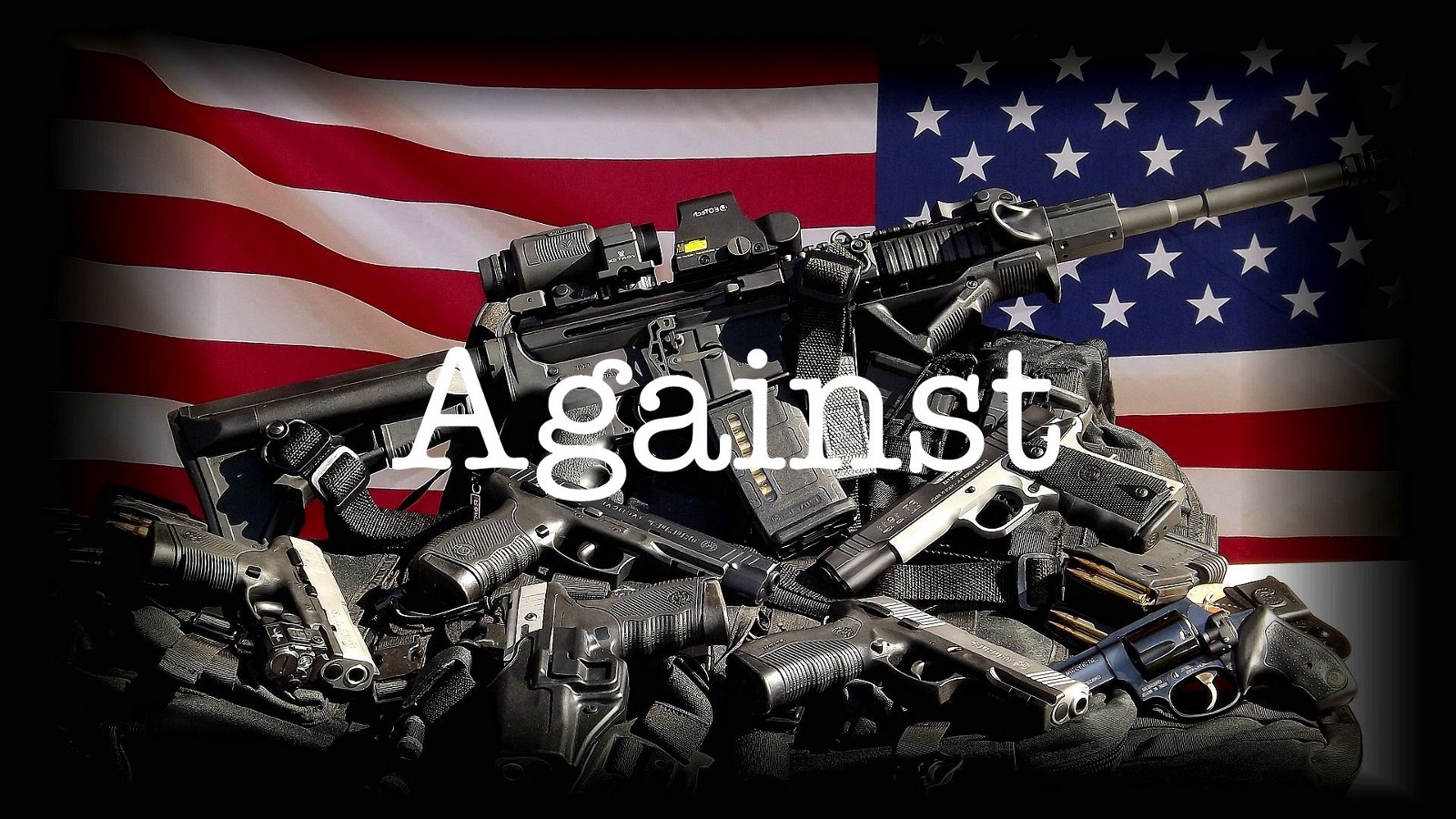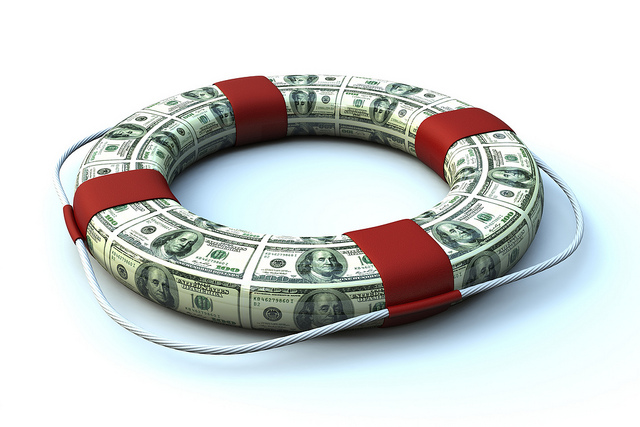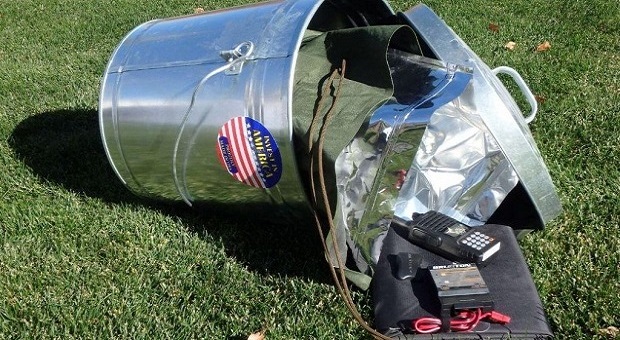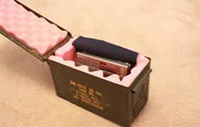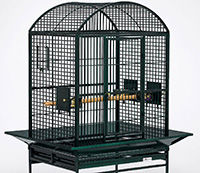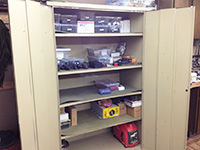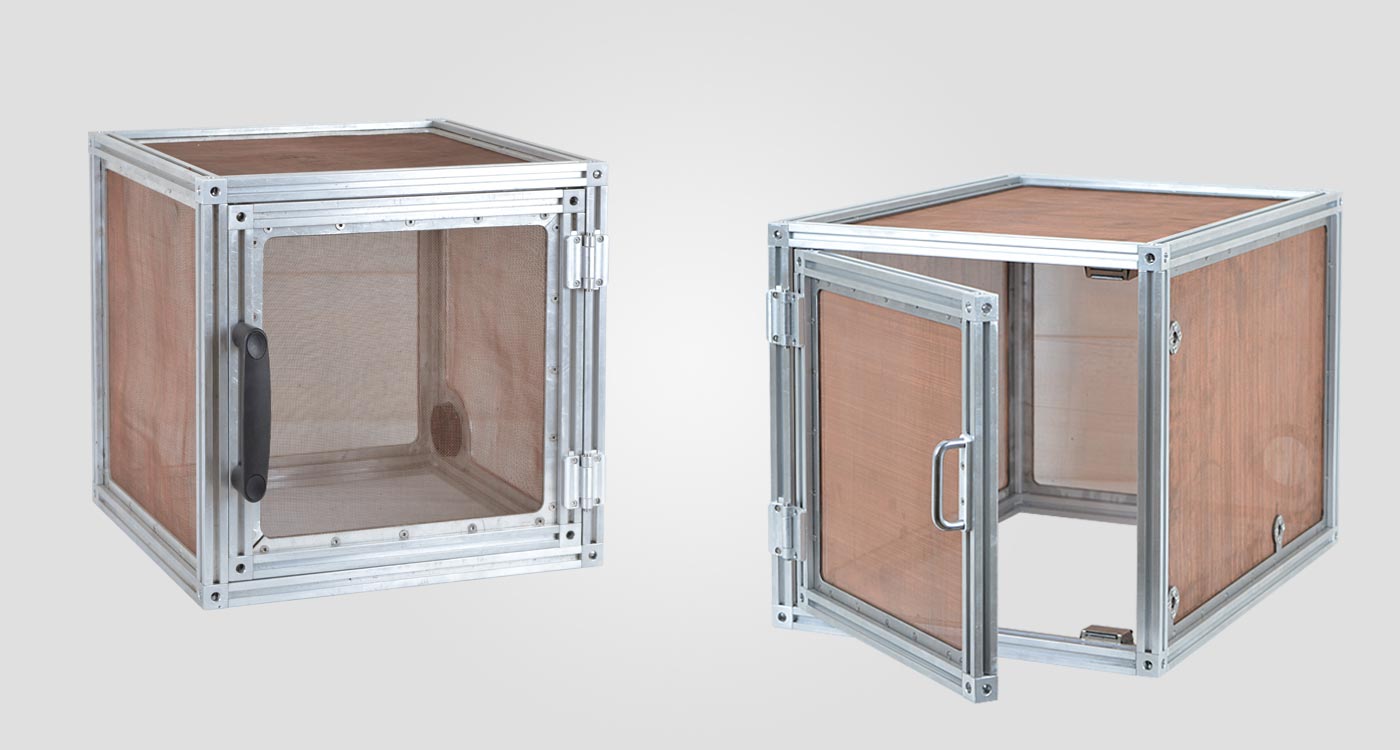U.S. ballistic missile defense (BMD) systems could be deployed to thwart or discourage a terrorist electromagnetic pulse (EMP) attack, according to testimony at a House Armed Services Committee (HASC) hearing requested by Rep. Roscoe Bartlett (R-Md.), a scientist and professor who also is the leading EMP expert in Congress.
Iran clearly is developing an EMP weapons capability, according to the witness at the hearing, William Graham, chairman of the Commission to Assess the Threat to the United States from Electromagnetic Pulse Attack. The panel was formed in 2001, a year that saw the 9/11 terrorist attack on the United States that killed thousands of innocent civilians and military personnel, and damage running into the tens of billions of dollars.
Iranian President Mahmoud Ahmadinejad has threatened to wipe out Israel, and also has threatened the United States.
The hearing came just after Iran, a nation with a clandestine nuclear materials production program, on consecutive days launched multiple missiles in salvos.
“These missile launches are significant reminders of this clear and present danger,” said Rep. Duncan Hunter of California, ranking Republican on the HASC. “This is especially troubling if Iran is also developing EMP technology.”
And Iran likely is doing just that. Graham said Iran has tipped its hand and disclosed its intent by sending aloft missiles, creating high-altitude detonations of conventional- munitions weapons. Aside from developing an EMP capability, there would be no other explanation for such tests, Graham said.
A genuine threat of a staggering EMP attack confronts the United States, Graham indicated.
But the Department of Defense (DOD) has taken only minimal steps to counter an EMP attack, such as hardening facilities and weapons platforms against EMP, and the rest of the government has done far less, even though anti-EMP steps would be inexpensive compared to the devastation an EMP attack otherwise would cause, Graham said.
When Bartlett asked whether vulnerability to attack invites terrorists to strike, Graham replied that that is true. Further, Graham said, rogue states and terrorists openly discuss hitting the United States with an EMP attack, citing literature available to Westerners. But Graham said he doesn’t know why the U.S. government isn’t taking aggressive steps to prevent and/or recover from an EMP attack. He could only relate that DOD “is early in the process” of protecting itself against EMP, and “other parts of the government have not begun the process.” Even in DOD and the Department of Homeland Security, many policymakers have “not given it much thought.”
While the HASC invited the DOD to have one of its officials testify at the hearing, the department declined to do so, Rep. Ike Skelton (D-Mo.), the HASC chairman, noted. He added that DOD said it first wants to provide its own assessment of the EMP threat to the commission, before DOD officials go to Capitol Hill testify on the threat.
That EMP is receiving any attention in Congress is in good measure thanks to Bartlett sounding the tocsin on the critical issue, Skelton said in a bipartisan note of accord. “My colleague Mr. Bartlett … deserves special credit for being dogged in his attention to these issues,” Skelton noted.
Likewise, Rep. Duncan Hunter of California, ranking Republican on the HASC, thanked both Skelton and Bartlett as the driving forces behind the hearing, terming Bartlett “a strong and often lone voice in raising this important topic before the Congress.”
One Small Bomb, One Rocket
Under questioning by Bartlett, Graham said that terrorists or rogue states wouldn’t need to wield advanced intercontinental ballistic missiles or high-yield nuclear weapons to create a crushing EMP attack on the United States.
All terrorists would need for a catastrophic EMP attack on the United States would be a common Scud-type missile and a very small atomic bomb with a minimal yield of 10 kilotons or so, Graham said. That is far smaller than the only two atomic bombs ever used in a war, the 15-kilotons Little Boy bomb that the United States dropped on Hiroshima, and the 22 kilotons Fat Man bomb dropped on Nagasaki in World War II. Those weapons were produced in the infancy of the atomic age, in the nascent, technologically primitive era of the early 1940s. Bigger-yield weapons would produce a stronger EMP, Graham said.
Terrorists would merely require, then, “any nuclear weapon that can be put on a missile,” rather than needing some very advanced, sophisticated nuclear or thermonuclear weapon, Graham said, adding, “That is bad news for us.”
A terrorist group could produce a “potent, catastrophic EMP from even a first-generation nuclear weapon,” Graham explained.
To incapacitate much of the North American continent, a terrorist cell would need just one rudimentary missile capable of ascending to an altitude of 50 to 300 miles, and a small nuclear device mounted atop the missile, which would be launched from, say, Iowa or North Dakota. The higher the altitude, the wider the EMP devastation would spread.
Alternatively, a terrorist group wouldn’t even have to smuggle a nuclear weapon and missile into the United States. Rather, they could launch a missile from well out in the Atlantic Ocean to detonate high over American territory, causing an EMP that would devastate the Eastern United States, especially populous coastal regions. Or they could do the same from a ship in the Pacific Ocean to take out the West Coast region, Graham indicated.
His description of just how calamitous an EMP attack could be was grim, though Graham spoke in a matter-of-fact, low-key manner.
EMP, though it would last a fraction of a second, would fry electronics. Computers, cell phones and land line phones, TVs, radios, personal digital assistants, cars, trucks, buses, subways, railroads, and much more would, in most cases, cease functioning.
Some satellites, those in low Earth orbits, would be fried and disabled by EMP, while other satellites in high (22,000 miles or so) geosynchronous orbits would survive EMP. Satellites are crucial to voice and computer network communications, millions of credit card transactions each day, and much more. Rep. Trent Franks (R-Ariz.), co-chairman and founder of the bipartisan congressional Missile Defense Caucus, said it is critical to begin determining now how to protect satellites.
Even high-flying satellites might not be of much use, however, if EMP destroys their ground stations that are required to send and receive data to the birds.
Many, though perhaps not all, airborne aircraft would tumble from the sky and crash.
The electric power grid would crash, much of the system would be severely damaged, and cities and towns would go dark, with no heat, light or air conditioning. EMP would destroy, for example, electrical transformers, and the U.S. factories that can manufacture them. So getting electrical power systems back in operation would involve buying new transformers made overseas, waiting for them to be shipped to the United States, Graham said.
People would be trapped on elevators when the power failed.
With no trains and trucks running, new food supplies wouldn’t get to cities, and people would starveto death.
Traffic signals would go dark for lack of electricity.
Ambulances, fire trucks, police cars and National Guard/reserves vehicles would stop running.
And even if they did still run, as some old vehicles with outmoded coil-and-distributor electrical systems would, they wouldn’t run for long without refueling: gasoline and diesel fuel pumps wouldn’t operate without electricity.
When Bartlett asked if it would be likely that 90 percent of Americans would be dead by the end of the year when an EMP attack occurred, Graham said, “We think that’s in the correct range.”
These disasters are what Graham and the commission found would occur after an EMP attack, but there never has been any experience in U.S. history of what occurs if the national infrastructure of a nation of 300 million people fails, so results of an EMP attack could be worse than expected. Effects of an EMP attack would be like the devastating hurricane “Katrina, several times over,” Graham said. While horrific, Katrina confined its damage to the Deep South, such as Alabama, Louisiana and Texas. EMP, however, would affect a gigantic area.
Would the U.S. military survive? “We just don’t have the test data to tell us one way or another,” Graham said.
Navy ships could be equipped to survive an EMP attack, so long as sheathing of electrical circuits and other measures were left intact and weren’t tampered with later, he said. Graham responded to questions by Rep. Gene Taylor (D-Miss.), chairman of the HASC seapower and expeditionary forces subcommittee. Bartlett is the top-ranked Republican on the panel.
EMP may cause brain injuries in humans, just as EMP can destroy electrical circuitry in communications, transportation, the electrical grid and much more.
Rep. Solomon Ortiz (D-Texas), chairman of the HASC readiness subcommittee, found it all a bit daunting. “This is really scary,” he said. The United States needs a shield against an EMP attack, he said.
While one might think that airing details of EMP technology would provide dangerous information to terrorists, they already know these facts, lawmakers noted during the hearing.
Missile Defense Required
Rep. Jim Saxton (R-N.J.) asked Graham whether the United States could stop an EMP attack in its tracks by using missile defense systems to destroy the terrorist missile before the nuclear weapon has a chance to detonate and create EMP.
U.S. policymakers should “certainly look to ballistic missile defense,” Graham said. He cited specifically the Ground-based Midcourse Defense system led by The Boeing Co. [BA] and the Aegis sea-based BMD system by Lockheed Martin Corp. [LMT] using a Standard Missile-3 interceptor by Raytheon Co. [RTN].
He also said any terrorist or rogue state missile soaring on an EMP mission should be killed by U.S. missile defense forces “as early as possible.”
The earliest kill on an enemy missile, just after it launches, would be made by the Airborne Laser, now in development by prime contractor Boeing using its highly modified 747- 400 aircraft, lasers by Northrop Grumman Corp. [NOC] and beam control/fire control system by Lockheed.
Graham said that by deploying a layered missile defense system to knock down EMP missiles launched inside or near the United States, “we would at least increase the uncertainty that any attacker would have,” and thus, perhaps, dissuade terrorists or rogue states from ever attempting an EMP attack in the first place.
The United States should be “using our missile defense assets to deter, dissuade, and if necessary” kill any EMP attack, he said.
Such an attack also could be mounted over Afghanistan or Iraq, to disable U.S. vehicles, aircraft and more, he noted.
At this point, however, the Missile Defense Agency is charged only with developing a multi-layered missile defense system against enemy missiles launched from abroad, such as from North Korea, rather than being assigned to guard the United States from an EMP attack.
Short of having a missile defense system to protect the United States by killing the enemy weapon before it has an opportunity to create EMP, there are many steps the nation can take to lessen the impact, once an EMP attack has occurred, Graham said.
Policymakers should first understand the breadth and nature of the EMP threat, decide how to mitigate it, and then identify which parts of the infrastructure EMP is likely to damage that would be most difficult to replace, he said.
Also, operators of the electrical power industry should be careful to note that some attempts to restart the system and get it up and running after an EMP attack might, instead, wind up worsening the damage, Graham said.
But this work would have to be prioritized. The commission doesn’t advocate protecting all civilian infrastructure, he said. Rather, approach the problem by saying you’re willing to see some infrastructure take a hit and go down, but design the system so that it won’t be damaged seriously, so that it can be brought back on line in a relatively brief period, he said.
Such an approach would be affordable, especially when compared to the cost of replacing the infrastructure were it to be irreparably damaged, he said.
It is key to note that countering the EMP threat isn’t the sole purview of the federal government, but rather should be a focus for state and local governments, including state and local police forces, firefighters, emergency services providers such as medical professionals, operators of electric, gas, communications and other utilities, and more.
In one test, 10 percent of modern, computer-chip-controlled vehicles exposed to EMP were disabled permanently, while others were disabled temporarily and then could be restarted.
Individuals can contribute to solutions by stockpiling food and drinking water. They also can buy portable electrical generators, but must ensure that those generators remain unplugged and unconnected to wires or other items that might permit EMP to enter the generators and destroy them.
Surge protectors that may be effective in shielding electric and electronic items against lightning may not be effective against EMP, Graham indicated.
While the military has hardened Humvees, Bradley tanks and other platforms against EMP, that may work only when all doors and other openings are closed. To be truly effective, anti-EMP hardening must be effective even when doors, hatches or other openings are left ajar, Graham indicated.
“Practically speaking, we can’t afford to protect everything, everywhere. But we do need to engage in a dialogue and identify our priorities,” Hunter said. “Today’s hearing is focused on the commission, but the longer-term dialogue must include all interested interagency partners, including the Department of Defense, the Department of Homeland Security, the intelligence community and other relevant agencies, as well as the private sector.”
The panel asked Graham and the commission to study and report back to the HASC as to what steps individuals, businesses and governments should take to lessen damage in an EMP attack, and to recover from an attack faster.
Graham said he and the commission would be open to Congress extending their authorization to study EMP beyond a cutoff this year, if lawmakers so wish.
But clearly, the commission already has found that an enormous task lies ahead, with the government largely immobile in the face of a horrific threat, when Washington should be moving decisively to launch preparedness and prevention programs against EMP.
“The potential damage that could be caused by an EMP attack on the United States is significant,” Skelton warned.
“Though the likelihood of an EMP attack may be small, the consequences could be catastrophic. And for that reason alone, we can’t ignore it,” Hunter said..
“I’m very concerned,” Bartlett concluded. It is vital, he said, for the United States to take decisive steps to guard against the devastation of EMP.
U.S. ballistic missile defense (BMD) systems could be deployed to thwart or discourage a terrorist electromagnetic pulse (EMP) attack, according to testimony at a House Armed Services Committee (HASC) hearing








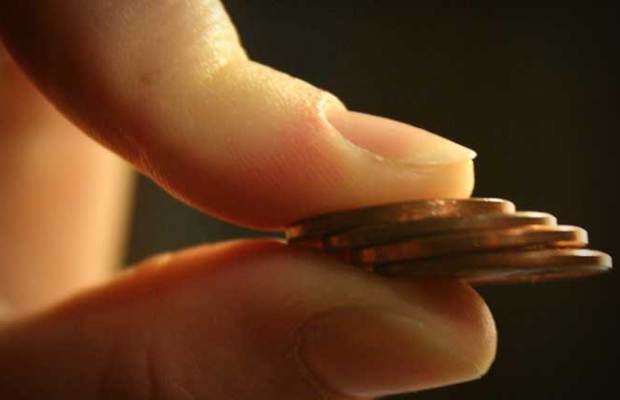

 Gardens can reap huge benefits with small cash outlay.
Gardens can reap huge benefits with small cash outlay. Rice is very cheap considering how much food you get.
Rice is very cheap considering how much food you get.
